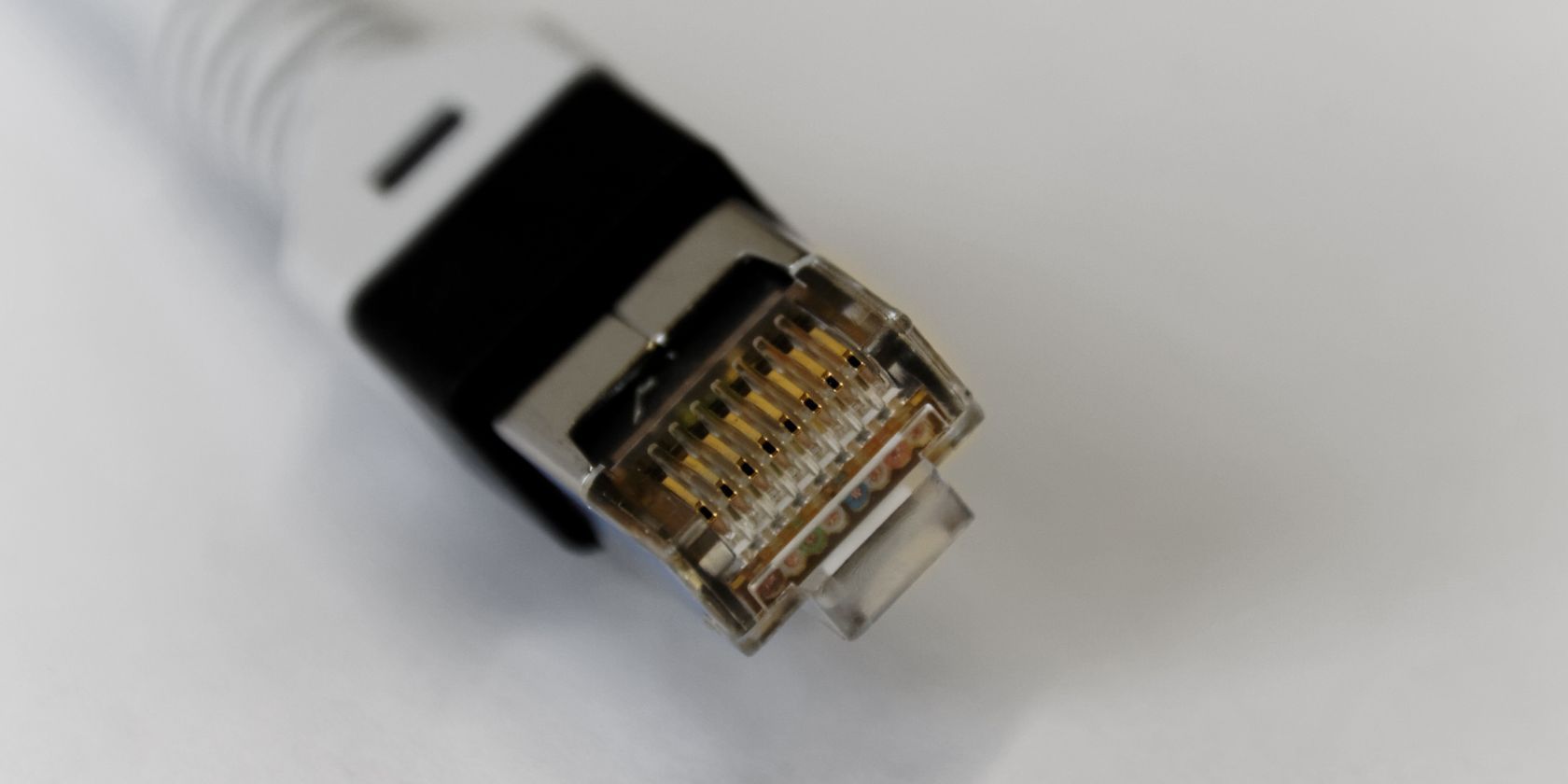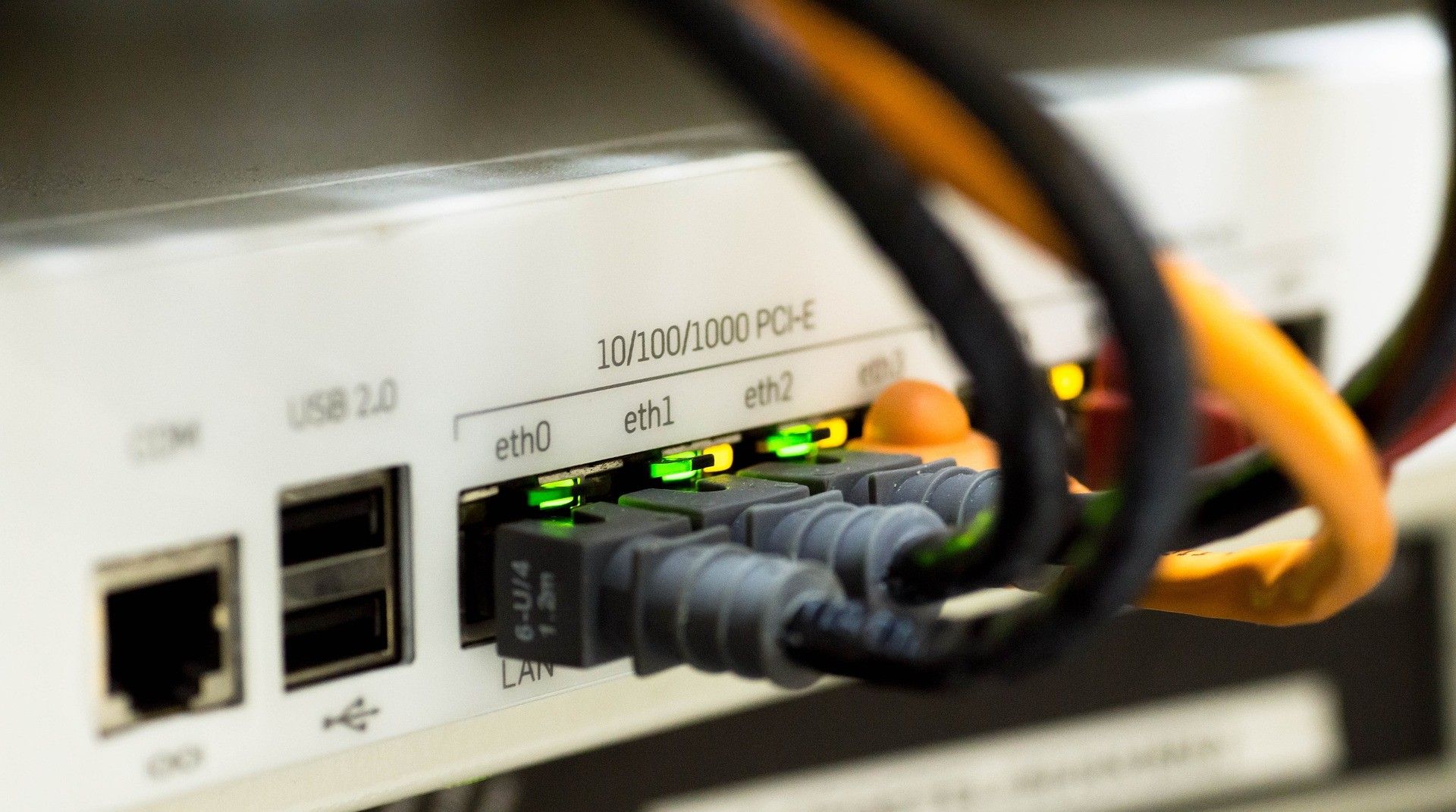While many of us connect to Wi-Fi to browse the web, most Wi-Fi routers require a hard-wire Ethernet connection, which connects you to the internet. But how long can an Ethernet cable be before it stops being effective?
How Long Can an Ethernet Cable Be?
An Ethernet cable can be any length, but there comes a point at which the distance over which the signal has to travel becomes a little too much. Even if the signal can travel the distance, the time it takes to get from A to B can become so long that the end user ends up dealing with very slow connection speeds.
So, how long can an Ethernet cable be before losing signal?
Generally, standard Ethernet cables (that is, the twisted pair Ethernet cables most people are familiar with) reach 328 feet (100 meters) in length before their speed is compromised. This is the case for cables at room (or ambient) temperature and typically refers to most residential settings. Businesses, offices, and industries may well use longer Ethernet cables.
This is because a longer cable makes a signal's journey tougher due to increasing electrical resistance. Resistance is a phenomenon in electronic circuitry wherein the circuit material resists the flow of electricity. In an Ethernet cable, copper wires act as electrical conductors. As the length of the wire increases, the electrical resistance increases.
As the resistance increases, the speed of the electrical signal starts to decrease. This is where connection strengths, latency, and bandwidth can be affected. The further a signal travels, the lower the bandwidth and speed and the higher the latency.
However, this maximum figure can change vastly depending on the kind of Ethernet cable in question. So, let's discuss the varying maximum lengths of different Ethernet types.
Ethernet Cable Lengths
The three main types of Ethernet cables are:
- Fiber optic
- Coaxial
- Twisted pair
These cables differ in their material composition and wiring structure. While coaxial and twisted pair cables use copper wires, fiber optic cables use very thin glass fibers, like those shown below.
Fibre optic cables transmit data in the form of light, increasing connection speeds. There are multiple reasons why fiber optic cables are better than copper-based cables, with increased speed being just one perk.
Because of this key difference, fiber optic cables have a different maximum length than coaxial and twisted pair cables. According to the Router Switch blog, a fiber optic cable can stretch as long as 2,000 meters (or 6,581 feet) in 10Mbps and 100Mbps internet.
On the other hand, coaxial cables can reach a maximum distance of 500 meters, according to Cisco Press. In the same breath, Cisco Press also stated that twisted pair cables can only reach 100 meters in distance (328 feet).
Does the Ethernet Cable Generation Affect Signal Strength?
This is slightly trickier to answer. The answer is "yes, with a but."
By which I mean, yes, the type of Ethernet cable generation does affect the signal strength, but it's unlikely most regular folks will encounter a situation where calculating specific Ethernet cable resistance becomes an issue. According to the official ANSI/TIA/EIA 568-B [PDF] guidelines, the maximum allowable cable length for a twisted pair Ethernet cable is 90m, with 5m at each end for patch purposes.
So, in short, the longer the Ethernet cable, the more likely you are to encounter data transmission issues. These guidelines cover Cat5, Cat5e, Cat6, Cat6a, and so on—effectively every Ethernet cable you'll likely use.
It's important to note that fiber optic cables do not fall under these categories. Rather, they stand in a league of their own and can achieve longer distances due to their glass fiber interior. Additionally, coaxial cables are also not included in the Cat categorization system.
Keep Ethernet Cable Lengths In Mind
If you're looking to buy a particularly long Ethernet cable, it's important to note how increased length affects signal strength. If you want a long cable without dealing with compromised speeds, consider using fiber optic or coaxial over twisted pair.



